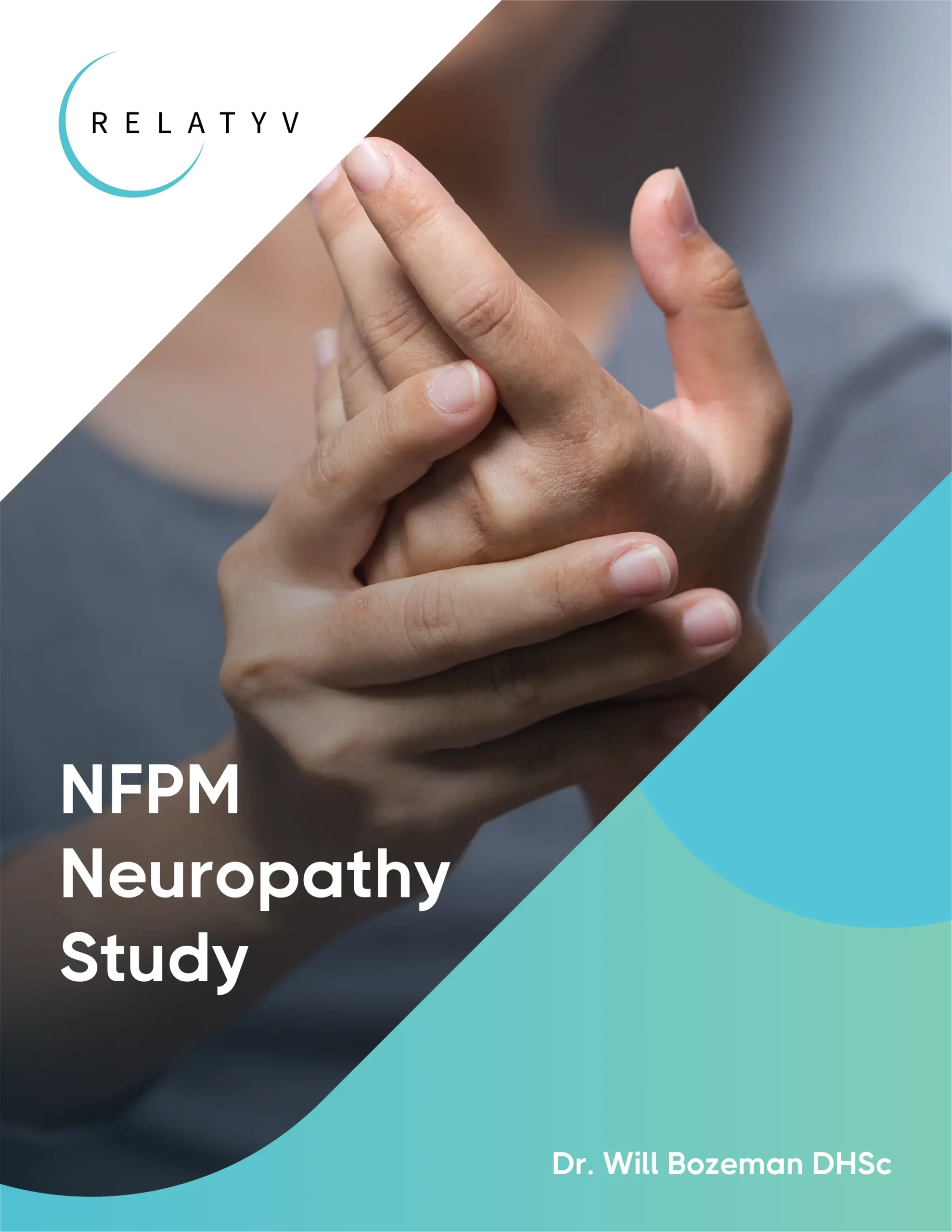Sciatica

Unraveling What Causes Sciatica And Buttock Pain
Read More
July 24, 2023
Sciatica, or inflammation in the sciatic nerve, is a common cause of back and leg pain. In fact, it’s estimated that around 40 percent of the population will get sciatica at some point in their lives. However, because there are so many different possible causes of sciatica, it can be challenging to treat. In fact, many people may not even realize that there is an underlying cause of their pain.
To adequately address your sciatic nerve pain, a proper diagnosis is critical to determining the underlying cause of your symptoms and is essential to providing effective treatment. Knowing more about the anatomy of the sciatic nerve may help you better understand your symptoms so that you can take steps to manage your sciatic nerve pain.
The sciatic nerve is by far the longest nerve in the body, and it divides into two branches known as the tibial and peroneal nerves. These two nerves run down the back of each leg, providing sensation and movement to different parts of your lower body. The sciatic nerve is found in the lower part of the spine (specifically L4-S3 spinal levels). It runs through the lower back, hips, buttocks, and down each leg.
The sciatic nerve is responsible for providing sensation and movement to different parts of your lower body. It plays a crucial role in how the lower extremities function, including providing sensory innervation to muscles in the gluteal region and controlling movement in the lower limbs.
Additionally, it supplies nerves to the anterior, posterior, and lateral compartments of the lower leg. Without a properly functioning sciatic nerve, these areas would not be able to move, and you would experience numbness or paralysis in the affected areas. Finally, the sciatic nerve is also responsible for controlling reflexes in the lower body, such as knee-jerk reflexes.
The sciatic nerve consists of three distinct branches:
Sciatica is the term used to describe pain along the sciatic nerve, often due to compression or irritation of the nerve itself. This discomfort can range from a mild ache to a sharp, burning sensation or even numbness in the affected area.
Sciatica can be caused by various conditions, which is why it’s so important to receive an official diagnosis that identifies the root cause. The most common causes of sciatic nerve pain include:
A woman who is pregnant will experience weight gain as a result of the baby. This increase in weight can place pressure on the sciatic nerve, resulting in pain in lower back, buttocks, and leg pain. It usually resolves on its own following the birth, but in some cases, it can persist.
An injury to the lower back, such as a fracture, can cause compression or irritation of the sciatic nerve, resulting in pain along the nerve. The severity of the injury and whether any additional complications have occurred will impact how bad the symptoms are
A herniated disk (also known as a slipped or ruptured disk) occurs when the cushioning discs between the vertebrae become damaged or worn down. This can cause the disc to press against the nerve root, resulting in pain in the lower back, buttocks, and legs.
Spinal stenosis is the medical term used to describe when the spinal canal narrows. The spinal canal is the space between your vertebrae. This narrowing can put pressure on the sciatic nerve, resulting in pain along the nerve and numbness or weakness in the affected area.
Piriformis syndrome is when a small muscle located deep within the buttocks (the piriformis muscle) becomes tight. When the piriformis muscle tightens or spasms, it can result in pressure on the sciatic nerve. Piriformis syndrome is typically caused by repetitive motions or prolonged sitting.
Tumors are abnormal growths of tissue that put pressure on the sciatic nerve. Tumors are usually benign (non-cancerous), but in rare cases, they can be malignant (cancerous).
Spondylolisthesis is a condition where one vertebra slips forward over another, narrowing the space between them and putting pressure on the sciatic nerve. It’s caused by a vertebral fracture or degeneration of the bones, and it can cause pain in the lower back, buttocks, and legs.
There are several risk factors that can increase your chances of developing a sciatic nerve condition, including:
Certain conditions that can cause sciatic nerve pain, such as spinal stenosis and disc herniation, are more likely to occur in people over 50. This is because the discs in your spine naturally lose their elasticity and cushioning as you age.
Diabetes is a common condition caused by high blood sugar levels. People with diabetes are more likely to develop sciatic nerve pain due to neuropathy.
Osteoarthritis is a degenerative joint condition. It can cause inflammation of the joints, including those in your lower back. This can put pressure on the sciatic nerve and cause pain along the nerve.
Obesity is a risk factor for sciatic nerve conditions since the extra weight can strain your lower back and increase the risk of disc herniation.
Repetitive motions or overuse of the lower body can lead to inflammation in the muscles and tendons that the sciatic nerve runs through, resulting in pain along the nerve.
Because so many conditions can cause sciatic nerve pain, it’s crucial to have a thorough assessment with your doctor. With that in mind, the following may be used to diagnose the underlying cause of your sciatica:
A conventional doctor may recommend a variety of treatments for sciatica, including:
At Relatyv, we use a comprehensive approach to treating sciatic nerve pain. We employ a Neurofunctional Pain Management approach that includes various modalities and treatments designed to target the underlying causes of sciatica and help restore the functioning of the nervous system. We also avoid using painkillers, which only offer temporary relief and can lead to various side effects, as well as invasive procedures (such as surgery), which can result in significant complications. That being said, the following are the primary forms of treatment we use as part of our whole-person approach to pain management:
Electroanalgesia is a type of e-stim therapy that uses electrical signals to help interrupt pain signals to your brain. It has been proven effective in treating acute and chronic pain, including sciatic nerve pain. In addition to blocking pain signals, electroanalgesia therapy also stimulates the production of endorphins, which are natural pain-relieving hormones and improves circulation, thereby helping reduce inflammation.
Unlike other types of e-stim therapy, electroanalgesia is an FDA-cleared treatment that uses a much higher pulse rate to deliver electrical currents to the affected area. For example, another common type of e-stim treatment is called TENS (Transcutaneous Electrical Nerve Stimulation), and it typically uses under 400 pulses per second. Electroanalgesia safely delivers up to 10,000 pulses per second. This higher pulse rate increases the effectiveness of the treatment, resulting in more effective long-term pain relief.
At Relatyv, we also use specialized IV therapy to help reduce inflammation and pain associated with sciatica. Our customized blend of vitamins, minerals, amino acids, and other nutrients, is designed to nourish the nervous system and reduce inflammation. This helps to improve nerve function and restore balance to the body. In addition, our IV therapy also helps to support healthy energy levels and improve overall well-being.
We also offer lifestyle counseling to help our patients identify and address any potential underlying factors contributing to their sciatic nerve pain. This can include dietary changes, stress-reduction techniques, sleep optimization strategies, and exercise recommendations. Our ultimate goal is to help our patients achieve optimal health and well-being, both physically and mentally, which is why we believe lifestyle counseling is such an essential part of our whole-person approach to pain management.
At Relatyv, we take a comprehensive, whole-person approach to pain management that helps our patients find relief from sciatic nerve pain without using painkillers, injections, or invasive procedures. Our Neurofunctional Pain Management approach includes electroanalgesia, specialized IV therapy, and lifestyle counseling to help address the underlying causes of sciatica and restore balance to the body. If you’re suffering from persistent sciatic nerve pain, contact us today to learn more about how our treatment options can help.
About the Author
Will is a healthcare executive, innovator, entrepreneur, inventor, and writer with a wide range of experience in the medical field. Will has multiple degrees in a wide range of subjects that give depth to his capability as an entrepreneur and capacity to operate as an innovative healthcare executive.
Share on Social Media




You can see how this popup was set up in our step-by-step guide: https://wppopupmaker.com/guides/auto-opening-announcement-popups/
You can see how this popup was set up in our step-by-step guide: https://wppopupmaker.com/guides/auto-opening-announcement-popups/
Neurofunctional Pain Management Overview
IV Therapy
Symptoms
Conditions Treated
Treatments
Articles by Category
Locations
Colorado
Wisconsin
Georgia
Hiram
Lawrenceville
Marietta
Powder Springs
Texas
Waco
Victoria
Illinois
Buffalo Grove
New Lenox
St. Charles
Arizona
Tucson
Waddell
Arlington
Avondale
Buckeye
Superior
Mesa
Palo Verde
Morristown
Tempe
Chandler
Anthem
Eloy
Florence
Fort McDowell
Phoenix
El Mirage
Coolidge
Gilbert
Arizona City
Casa Grande
Casa Blanca
Aguila
Sacaton
Apache Junction
Kearny
Stanfield
Goodyear
Litchfield Park
Alabama
Arkansas
California
Florida
Idaho
Louisiana
Michigan
Rhode Island
Minnesota
Nevada
New Jersey
New Mexico
North Carolina
Ohio
Pennsylvania
South Dakota
Tennessee
Virginia
Washington

